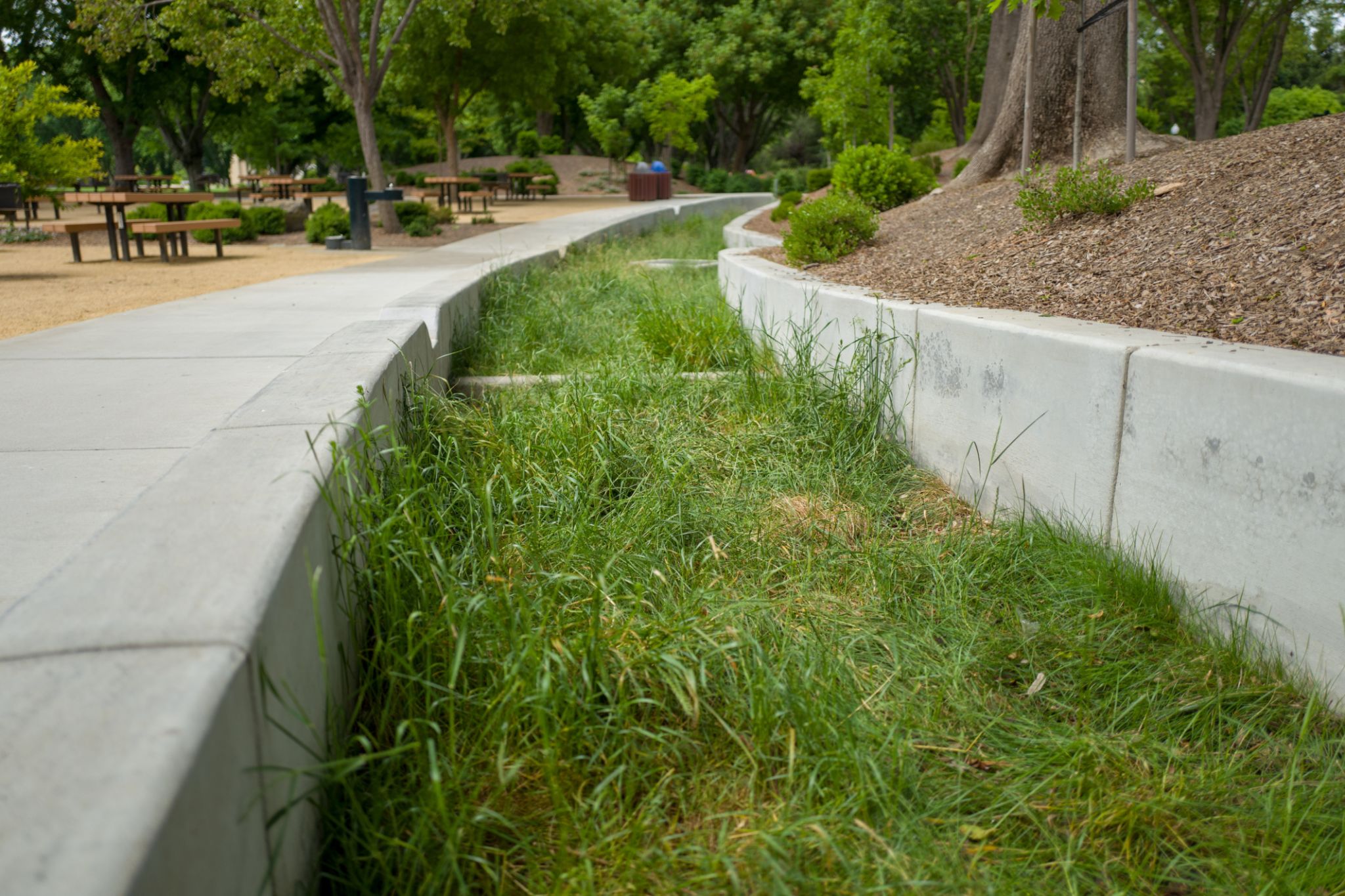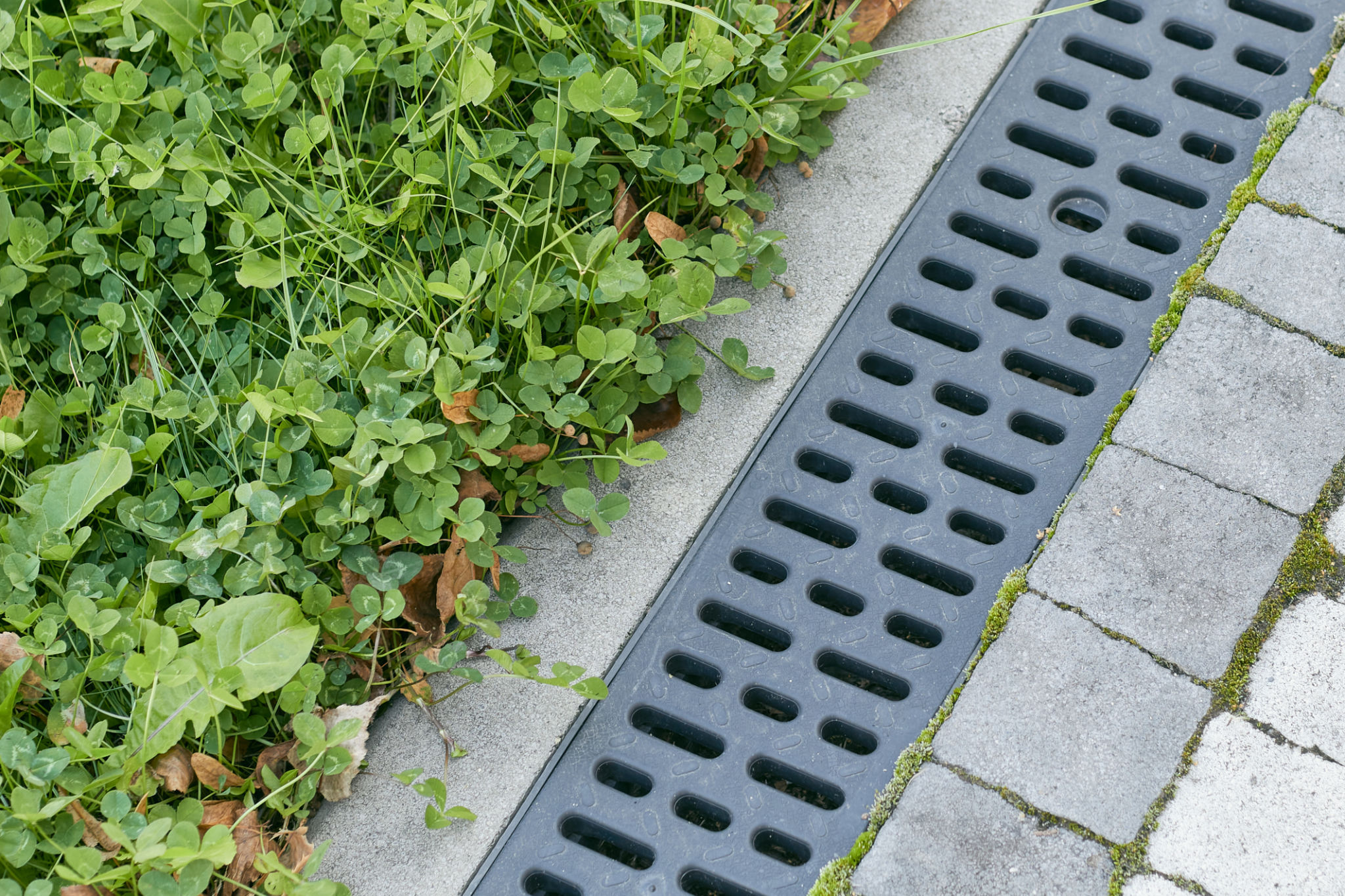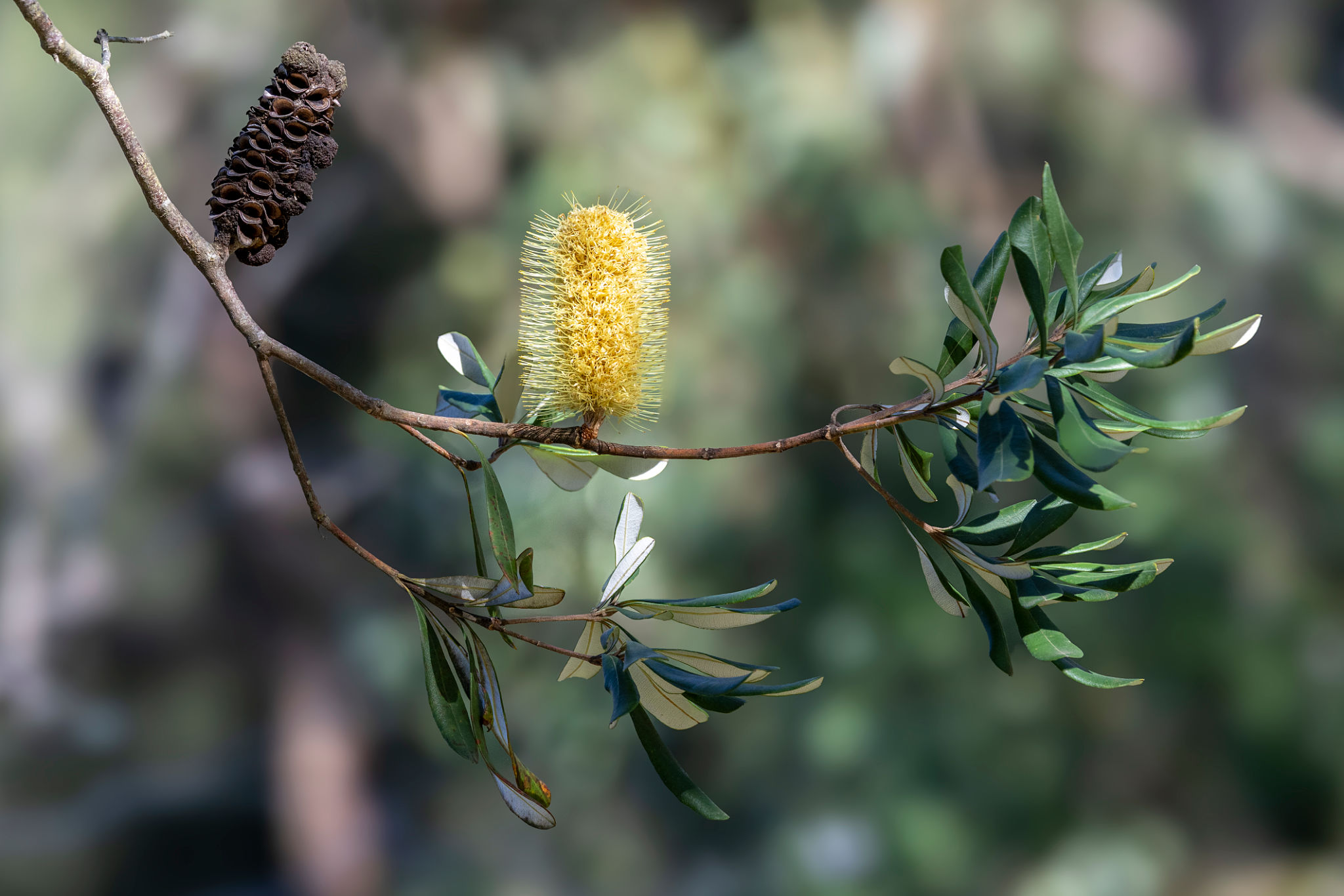Case Study: Successful Bio-Swale Installations in Walton County
Introduction to Bio-Swales
As communities continue to focus on sustainable solutions for environmental challenges, the concept of bio-swales has gained significant traction. Bio-swales are landscape elements designed to concentrate or remove silt and pollution from surface runoff water. They are an essential part of green infrastructure, providing a natural filtration system that helps manage stormwater while enhancing the beauty of urban spaces.
In Walton County, the implementation of bio-swales has proven to be a successful strategy in addressing various ecological issues. This case study explores how these installations have benefited the local environment and community.

The Need for Bio-Swales in Walton County
Walton County, like many regions, faced challenges with stormwater management due to increased urban development. Traditional drainage systems were not sufficient to handle heavy rainfall, leading to flooding and water pollution. This prompted local authorities and environmental organizations to search for more effective, sustainable solutions.
Bio-swales emerged as a viable option due to their ability to improve water quality by filtering pollutants and sediments. Additionally, they support native vegetation and biodiversity, contributing to the overall health of the ecosystem.
Planning and Implementation
The planning process for bio-swale installations in Walton County involved collaboration between local government agencies, environmental groups, and community members. A comprehensive analysis was conducted to identify strategic locations for these installations, particularly in areas prone to flooding.
- Assessment of existing drainage systems.
- Identification of high-impact areas for bio-swales.
- Engagement with community stakeholders for input and support.

Design and Construction
The design of the bio-swales was tailored to the specific needs of each site, taking into consideration factors such as soil type, native vegetation, and existing infrastructure. The construction process involved excavating shallow channels, installing layers of gravel and soil, and planting appropriate vegetation to maximize filtration efficiency.
Key design elements included:
- Incorporating native plants that thrive in wet conditions.
- Ensuring proper slope and grading for optimal water flow.
- Using permeable materials to enhance infiltration rates.

Outcomes and Benefits
The installation of bio-swales in Walton County has yielded numerous benefits. By effectively managing stormwater runoff, these systems have significantly reduced the risk of flooding in vulnerable areas. Moreover, they have improved water quality by filtering out pollutants before they reach local waterways.
Beyond their functional advantages, bio-swales have enhanced the aesthetic appeal of public spaces, providing green corridors that support wildlife habitats. The increase in biodiversity has been a positive outcome for both the environment and the community.
Community Involvement and Education
A critical aspect of the project’s success was the involvement of local residents. Educational programs were organized to raise awareness about the importance of bio-swales and their role in environmental conservation. Community volunteers participated in planting native species and maintaining the bio-swales, fostering a sense of ownership and pride.
This collaborative approach not only strengthened community ties but also ensured the long-term sustainability of the installations.
Conclusion
The case study of successful bio-swale installations in Walton County highlights the potential of green infrastructure projects in addressing urban environmental challenges. By blending functionality with ecological benefits, bio-swales provide a model for other communities seeking sustainable stormwater management solutions.
The positive outcomes experienced in Walton County serve as an inspiring example of how thoughtful planning and community engagement can lead to lasting environmental improvements.